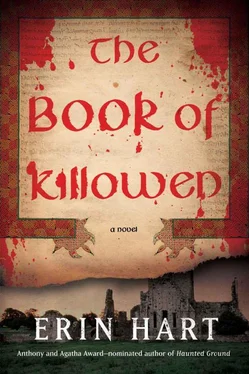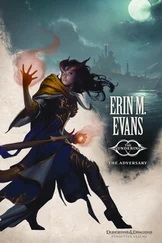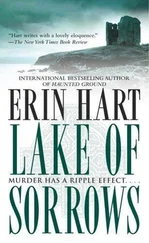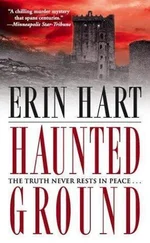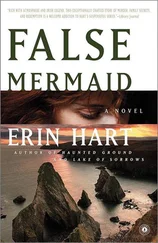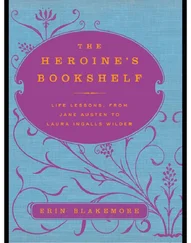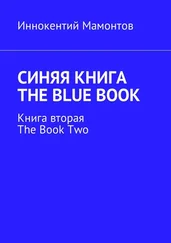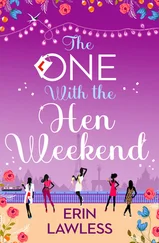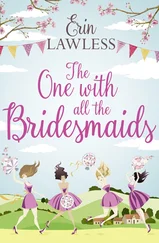“But what?”
“He did admit that he was there—at Claffey’s place—early this morning. Claffey was dead when he arrived. I have to believe him, Nora. Niall’s one of my oldest friends, and he’s going to tell Cusack everything as soon as he’s spoken to his wife.”
“And you have to believe that as well?”
“He’s not a liar—”
“Except about blackmail, apparently.”
“—and he’s certainly not a killer.”
“Well, if Niall didn’t murder Vincent Claffey, then it’s likely someone else around here did. And if we’re going to help Niall, we have to figure out why. You know, I keep thinking about those gallnuts in Kavanagh’s mouth—and Claffey’s as well. Martin Gwynne said they were used for making ink. If you look at the other items recovered so far, we’ve got a wax tablet, a stylus, a satchel. But there’s still something missing: a manuscript.”
Cormac was pleased that Nora had hit upon the same thing he and Niall had realized this afternoon. He wasn’t sure he should share what Niall had told him today, but his friend’s whole future was at stake. “Niall said he was here in April following up on a tip about a group of treasure hunters. The caller mentioned that they were after a manuscript. Something very old and very rare, like the books at Trinity.”
“With all the monasteries here, there must have been hundreds, even thousands, of books made in Ireland. What happened to them all?”
“Destroyed by the raiders who burned down monasteries, or some would have been hidden and never retrieved, and obviously a great number would have been carried to the Continent. There are still libraries in France and Switzerland full of ancient Irish books. But only a few manuscripts created in Ireland actually stayed here—I’d say less than a dozen.”
Nora didn’t say anything but reached for her laptop on the nightstand and opened the lid. “I was thinking about what Shawn Kearney was telling us about her research on the site here, and I came across something interesting online earlier. The local historical society just posted the full text of John O’Donovan’s Ordnance Survey Letters for this part of Tipperary. Look at this.”
1336—Ó Beigléighinn, Coarb of St. Eóghan, dies at Cill Eóghain. [Note: Ó Beigléighinn was the coarb of the church at Cill Eóghain, in the parish of Faddan More, in the northwest of the county of Tipperary, where his lineal descendant and representative still farms the termon lands.—JO’D]
[This appears to be the earliest reference to the Coarb of Cill Eóghain from whom the hereditary custodian of the Book Shrine of Cill Eóghain was descended—the Termon Beglan, as we might call him, from his inherited right to the termon land of that church. J. E. Canon McCarthy cites him in his list of the Abbots of Faddan More as “Ó Beigléighinn, successor of Eóghan.” Concerning Killowen, he tells us elsewhere, “The Parish of Faddan More extended along the bog to Carrig, and included the town-land of Killowen in the County Tipperary,” and, in connection with the Cumdach Eóghain (or the Case of Eóghan’s Book, as he translates the Gaelic term) he says, “For many centuries the O’Beglans of Killowen, comharbas of St. Eóghan, were the custodians of this interesting relic, as the MacMoyers were of the Book of Armagh, the Buckleys of the Shrine of St. Manchan, and the parish priest of Drumlane, for the time being, of the Breac Maedóic reliquary. In the course of time, the possession of the shrine was hotly contested between the bishops and priests of these dioceses. Sometime in the twelfth century it fell into the hands of a Faddan More O’Beglan, who, in misguided zeal to end the controversy, was said to have burned the precious manuscript, known as the Book of Killowen. Some centuries later an O’Beglan from Derrylahan was reported to have sold the shrine to a Nenagh watchmaker to have it melted down.]
When Cormac finished reading, Nora looked at him expectantly. “The keepers of this book shrine—they were called O’Beglan.”
“It’s funny, I was thinking about that name just this afternoon. It means ‘descendant of the little scholar.’” Cormac was remembering the dilapidated farm he’d visited earlier in the day. Were it and the place he and Nora sat at this moment part of the termon lands of Cill Eóghain, where the ancient monastery had once stood?
“And is a book shrine what I think it is, like those elaborate metal boxes they have in the National Museum? You said Niall was here checking out a tip about some treasure hunters and an old manuscript. Do you suppose Kavanagh could have been mixed up with them somehow?”
“From all I know of Kavanagh, he wouldn’t have been much interested in an elaborate shrine. He was far more likely to go for the book inside. But didn’t O’Donovan say in that passage that the manuscript was burned?”
“No, he says your man O’Beglan was said to have burned the manuscript, that the shrine was reported to have been sold and melted down. You’d think Niall would have known about all this. I’m going to see if there’s mention of this book shrine anywhere else.”
Nora’s attention was focused on her laptop again. Cormac’s head had begun to ache. He also wanted to check once more to see if Niall had returned from Dublin. “Listen,” he said to Nora, “I’m going below for a cup of tea. Do you want anything?”
“No, I’m all right.” She frowned at the laptop screen.
Cormac checked Niall’s room as he passed—still not back. It was getting late now; maybe he’d decided to stop at home for the night. And maybe that was a good sign. Cormac felt burdened by what he knew. He couldn’t abandon his friend now. Downstairs, the moon was shining through the window, so Cormac didn’t bother to turn on a light. He ran the tap for a few seconds, then filled the electric kettle. He looked out into the garden, imagining that it must resemble the kitchen garden that had helped to feed a monastery. He remembered the strange sight of Anthony Beglan cutting something from the entrails of those eels this afternoon. He’d have to ask Nora about it.
A harsh whisper came from the courtyard, and Cormac drew back into the shadows. He couldn’t make out who was speaking, but he saw two figures creep along the inner wall and leave by the gate outside Martin Gwynne’s studio.
Seized with an urge to know who could be skulking around Killowen at this hour, Cormac followed, keeping his distance. His brain registered the silhouettes ahead as male and female, but he could not distinguish their identities. He watched the two figures head for the storehouse, set into the side of a small hill, where the farm’s creamery and cheese-making operation was housed. Could it be the French couple, Lucien and Sylvie, or was someone else breaking into their domain? The pair ducked behind a white van, ghostly in the moonlight, parked directly in front of the door. KILLOWEN FARMHOUSE CHEESE was emblazoned on its side, and a pair of cartoonish bearded goat faces glowed eerily.
Cormac hesitated. He couldn’t follow any longer without being detected. Perhaps he ought just to wait.
Five minutes passed, then ten, as Cormac kept watch on the storehouse door. What the hell was he doing out here? Nora’s words reverberated through his head: If Niall didn’t murder Vincent Claffey, then it’s likely someone else around here did.
He checked his watch again. No sign of movement in the storehouse. He could be out here all night. Bugger that. And bugger the tea as well. It was time to turn in.
Checking Dawson’s room again on his way upstairs, he detected a flicker of movement inside. He pushed the door open wider. Niall was sitting on the bed, staring straight ahead.
Читать дальше
